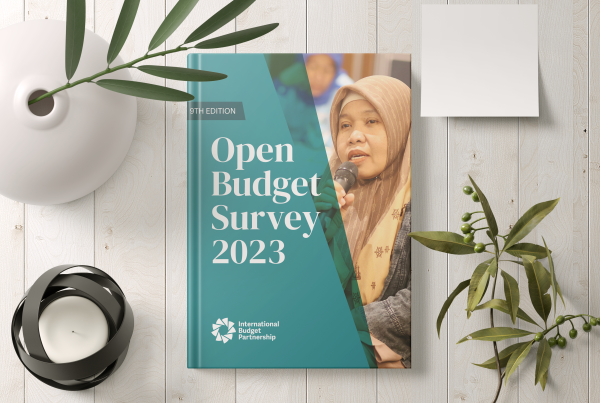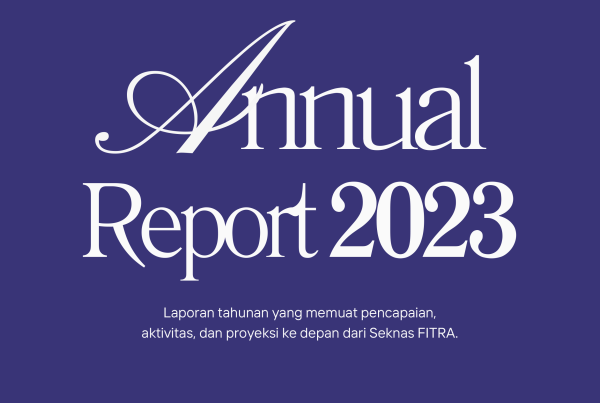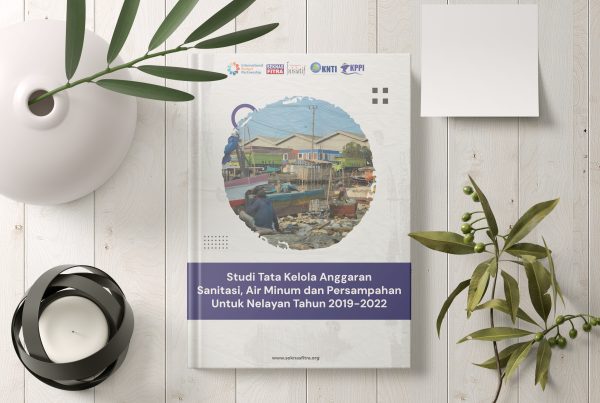Article 9 of the Law on Openness of Public Information (KIP) mandates all public institutions to periodically provide and publicise public information. Included in the public information category is any information relating to public institutions; their activities, performance and financial reports, as well as any other information stipulated in statutory laws. Specifically, Article 9 is regulated in Article 11 of the Central Information Commission’s Law No. 1/2010 on Public Information Service Standards. The article states that one of the responsibilities of public institutions is to provide and publicise any budget information used and managed in the performing of its tasks and functions.
Indonesia is one of eight founding countries of the Open Government Partnership (OGP), that’s committed to increasing the availability of information, supporting public participation, applying the highest level of integrity, and increasing technological support to obtain access to information. One of the plans and actions of Open Government Indonesia (OGI) in 2012 was to support all public institutions to publish their “Work Plan and Budget” (RKA) and “Budget Implementation Checklist” (DIPA). One of the primary prerequisites for achieving this commitment is the successful implementation of Law No. 14/2008.
The study aims to measure the availability of budget information over a two year period, marked by:
- For ministries and institutions, availability of:
- Financial reports (2010-2011)
- RKA-DIPA (2011-2012)
- Information on goods and services procurement (2011-2012)
- For provincial governments, availability of:
- Financial reports (2010-2011)
- Local government APBD (2011-2012)
- Types of expenditure and organisations (2011-2012)
- Information on goods and services procurement (2011-2012)
- For political parties, availability of:
- Financial reports (2010-2011)
The study is expected to provide base line data for the improvement of public budget information governance; information that should be regularly available and published. OGI, public institutions, NGOs and Indonesia’s citizens should all be activists for the openness of public information. The study was undertaken using a quantitative approach. Ideal criteria for openness of budget
information includes: readily available budget information, sufficient amounts of information, as well as easily accessible and timely published information. However, the study only uses two primary criteria: availability and accessibility of budget information. Availability demonstrates that budget information is provided by public institutions. Whilst accessibility demonstrates that the information provided can be downloaded. Every article of budget information is given a different weighting.
The object of the study is public institutions that manage state/regional budgets sourced from APBN/D, including line ministries (80), provincial governments (31) and political parties (9). The number of line ministries was sourced from APBN appendices, which explain state expenditure in further detail by ministry. Whilst the number of provincial governments was captured overall, and the number of political parties refers to those who’ve secured seats in DPR.
The data collection process was done by browsing through all the official websites of public institutions, firstly between October-December 2012, and then in January 2013. The second period in January checked for any changes in the availability of budget information.
Penulis:
Seknas FITRA
Dukungan:
Seknas FITRA
Tahun:
2013





